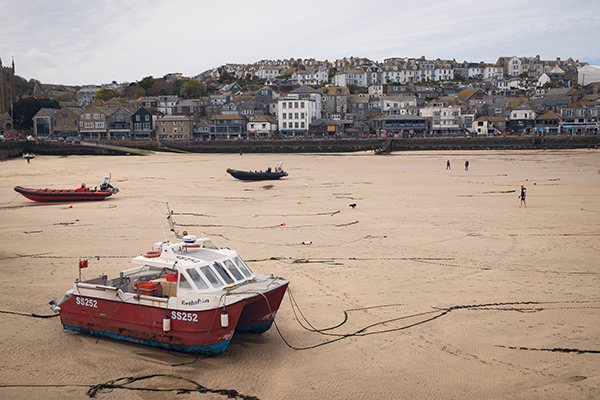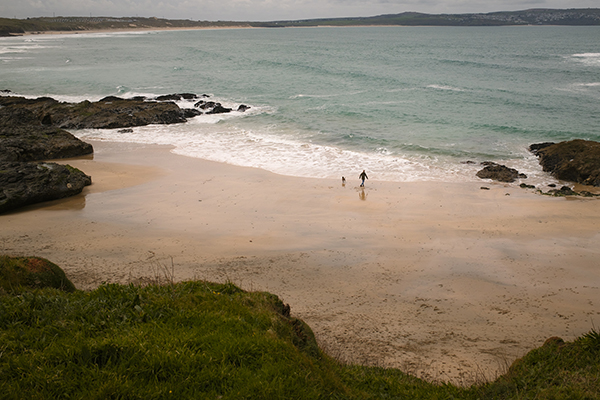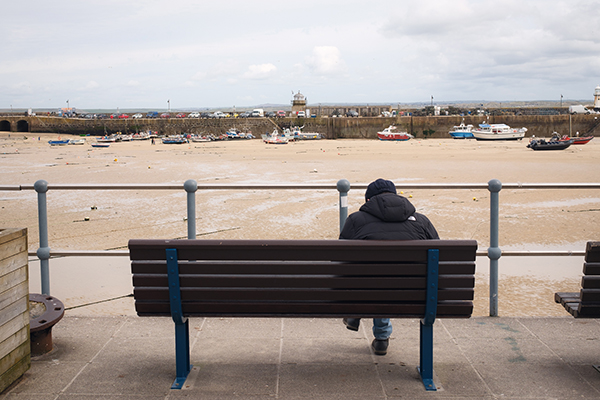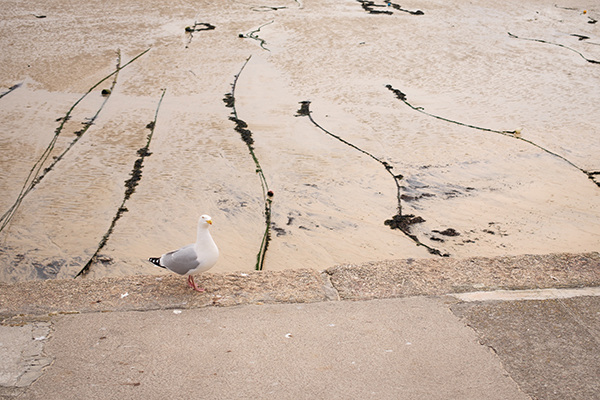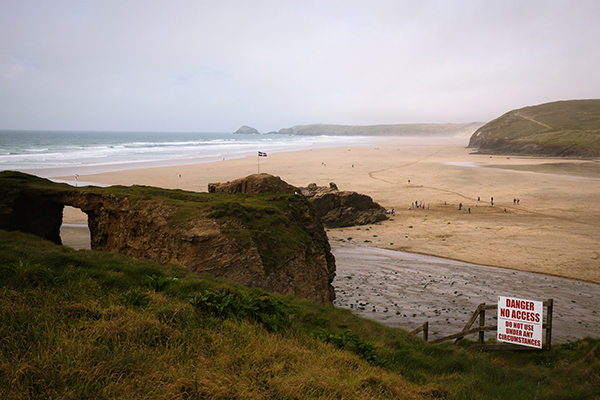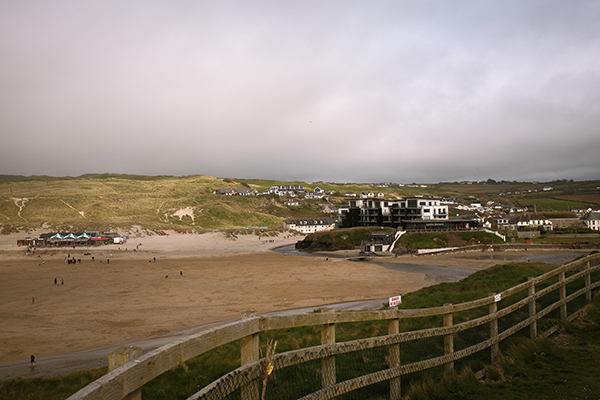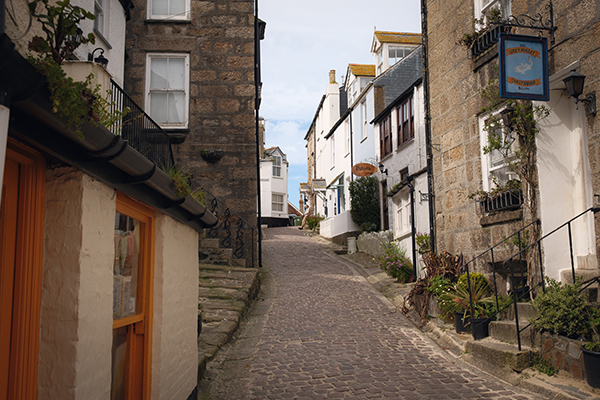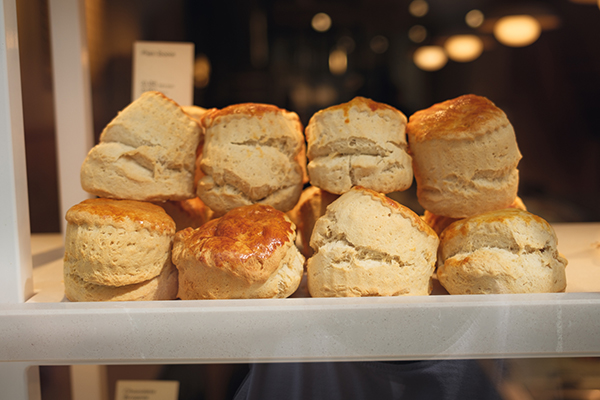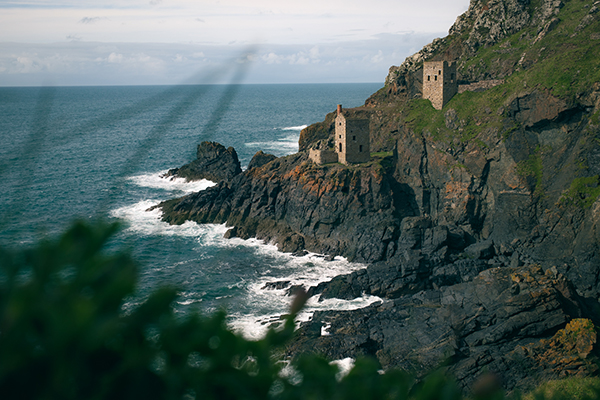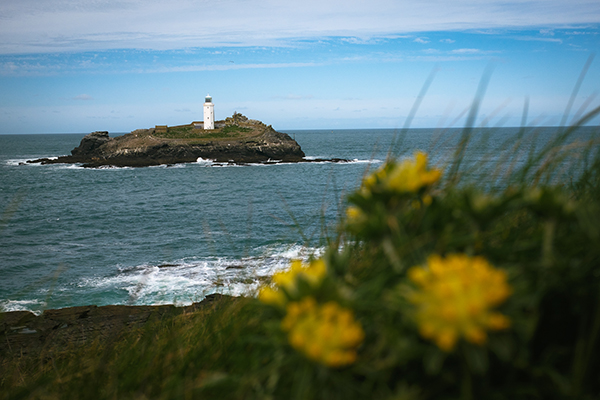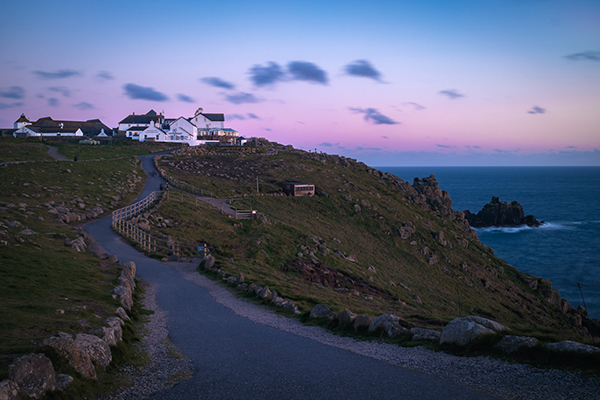Is the Fujifilm X100VI good for Travel Photography?
Recently I set off on a mini adventure to Cornwall in my camper van partly to satisfy my craving for a Cornish pasty and partly to answer the question, “is the Fujifilm X100VI the perfect camera for travel?”
The pasty was the easy part, now let's delve into the answer to that question.
In the age of social media, where every location garners the opportunity for amazing content, the quest for the perfect travel camera is ever-persistent. Sure, phones are great and in the right hands do a fantastic job but there's something to be said about having a camera with you on your adventures. Enter the Fujifilm X100VI, the successor to the wildly popular X100V, which I was able to take with me for a few days of content creation in the beautiful county of Cornwall.
What makes the X100VI good for travel?
Before we continue let's go over some of the key specs crammed into this little powerhouse of a camera.
The Fujifilm X100 VI sports a 40.2 Megapixel X-Trans CMOS 5 HR sensor powered by the X-Processor 5, the same one that is in my X-H2 and is subsequently the highest resolution of any APS-C sensor on the market currently. The lens is the same compact 23mm f2 fixed lens that is found on the previous model, the X100V.
In a first for the X100 camera lineup, you also get a newly developed in-body image stabilisation (IBIS) system, offering up to 6.0 stops of compensation when using the back screen or the EVF, and 5.5 stops when using the optical viewfinder.
The X100 VI uses Fujifilm's latest and greatest autofocus system, which incorporates machine-learning subject detection and is far more snappy and accurate than its predecessor.
As well as great still images, the X100 VI is a capable little tool for video capture, with the ability to shoot up to 6.2k at 30p, 4k at 60p and full HD up to 240p, which when coupled with the fact you have IBIS, makes for a versatile content creation machine.
Finally, it also comes with 20 of Fujifilm's famous film simulation modes including the new Reala Ace (my current favourite) plus a built-in 4-stop ND filter. All of which is housed inside the same sleek and timeless design we've come to love with the X100 series.
Okay, back to the road trip…
The first thing I noticed and appreciated when using the X100VI on my trip was how portable the camera was. Weighing in at just 521 grams, including the battery & memory card, and fitting into the palm of my hand, the X100VI slipped effortlessly into my pocket when not in use.
As someone who usually travels with a packed camera bag full of cameras, lenses & drones, the compact, lightweight design offered me an unburdened shooting experience as I wandered around the cobbled streets of St Ives.
Furthermore, the discreet design of the camera allowed for unobtrusive shooting, something I appreciate when trying to capture authentic or candid moments, such as a gentleman enjoying his own pasty whilst enjoying a view of the harbour or being eyeballed by an aggressive seagull…
Pocket-sized. Big quality.
Being an X-H2 user, I already knew how fantastic the image quality coming out of the X-Trans 5 sensor is, but to have that quality in a pocketable-sized camera was much appreciated when exploring Cornwall.
On the first day of the trip, I stopped off at the lazy seaside town of Perranporth and wandered down to the beach with only the X100VI to hand. It was a slightly misty and hazy day brought on by high winds and poor weather but it afforded me some beautiful soft light in which to capture some handheld landscape shots.
As I mentioned previously, my new favourite film simulation is Reala Ace, which originally appeared on the GFX 100 II but has now been added to the X100 VI and I shot with it for the entirety of my trip. It gave me the perfect starting point for my edits, which in truth I didn't really have to do much with, bar some exposure tweaks.
Unencumbered shooting
On the second day of my trip, I stopped off in the beautiful coastal town of St Ives, where I was to finally get my Cornish pasty! Whilst I was there I took the time to explore the town for a few hours, capturing snapshots for this blog post like a true tourist and this is where the camera really started to shine.
With the camera strapped to my wrist, I wandered around the cobbled streets, stopping when I saw an interesting scene to capture and the whole time it never felt cumbersome or intrusive as it would have if I had my X-H2 with me.
The 23mm lens, which gives you a 35mm equivalent field of view, is a great focal length for snapshots when walking around a place as beautiful as St Ives and is versatile enough to shoot a range of styles from street to landscapes and even scones!
The manual dials will be no surprise to those who have shot with the X100V and make it super quick and easy to adjust your settings on the fly, as well as looking incredibly stylish. As I walked around grabbing shots, making tweaks to my shutter speed or aperture was a doddle using the dials and aperture ring.
One other thing I quite liked was the tilt up screen, this made it easy to get shots shooting from the hip in situations where I wanted to be a bit more discreet!
TikTok ready video
Whilst I was predominantly shooting stills with the X100 VI for this blog, I would be remiss not to touch on the very capable video specs the camera has and my experience using it.
With the future of photography very much heading towards more video-centric content creation, the rise of Instagram Reels and of course, TikTok means video cannot be overlooked anymore when picking a camera for travel photography.
As mentioned the Fuji X100VI can shoot up to 6.2k at 30p internally at 4:2:2 10 bit, which is incredible and makes the camera truly hybrid. As I was exploring Cornwall with the X100VI, I often shot clips at 4k 60p in F-Log2 to use as b-roll in my vlogs and when I got to the editing suite I was pleasantly surprised at just how good the video quality was coming out of this camera.
The six stops of image stabilisation coupled with the camera's internal ND filter meant I could capture smooth-looking footage that graded extremely well and complemented my videos nicely.
Any downsides?
The only real gripes I had with the camera, and I would imagine other people would have too, is first, the fact it still only has a single card slot. Although not a dealbreaker, I really like having dual card slots as a hybrid content creator so I can record video footage to one and my stills to another.
And possibly the biggest gripe, though not an issue if you have plenty of spares, is the fact it still has the old-style battery!
The only other downside for me personally, is being a fixed 23mm lens. Sure I knew this before the trip and you do have the ability to crop, but I did miss a number of shots that I'd like to have taken due to the fact I just didn't have the reach, for example of Godrevy Lighthouse.
Is the Fujifilm X100 VI the perfect travel camera?
Before I started writing this blog, I asked Google “What makes a perfect travel camera” and this is what the top result stated:
“The best travel cameras have to do one crucial thing: be better than your phone. That means the best travel cameras need to combine compactness with image quality, advanced features with simple operation, and ideally the ability to share your holiday photos and videos fast”
Well, it certainly is better than my phone, and it has fantastic image quality in a compact, sleek body that houses a myriad of advanced features, with the simplicity of the manual dials and the ability to connect to your phone to share the content you've captured.
So that's it, is it the perfect travel camera? Well, no not quite…
The Fujifilm X100 VI is a fantastic camera to take on trips with you, there's no denying that, in fact, I'd go as far as saying that if finances allowed I'd actually own one, but whether it's the perfect travel camera is solely going to come down to the needs of the individual.
At £1,599* it's at a price point that you'll have to really think about whether the camera will do all the things you want it to do to capture the kind of content you want to capture. For some it will, for others, it won't but I definitely enjoyed using it and as far as travel cameras go, you could be much worse off.
*Correct at time of writing
Like what you see?
The Fujifilm X100VI is available to buy from Clifton Cameras here:
Read Next
- Fujifilm X100VI | The One and Only
- Is the Fujifilm X-S20 just for Vlogging?
- Travel Photography with the Fujifilm X-H2
Thank you!
Thanks for taking the time to read our blog, we really do hope they help you out and answer some of your questions. If you still have some unanswered, then please feel free to get in touch with our team of experts.
We have a LiveChat option on our website and we can, of course, be contacted via our email, we're also on the end of the phone too! Read more on how to contact us here >
Want to write for us?
If you've got experience with producing content on photo, video and/or optics products or techniques then we would love to hear from you. Contact our blog editor, Bea, with a sample of your work at [email protected].
- By Craig Pitts
- 10 May 2024




























































